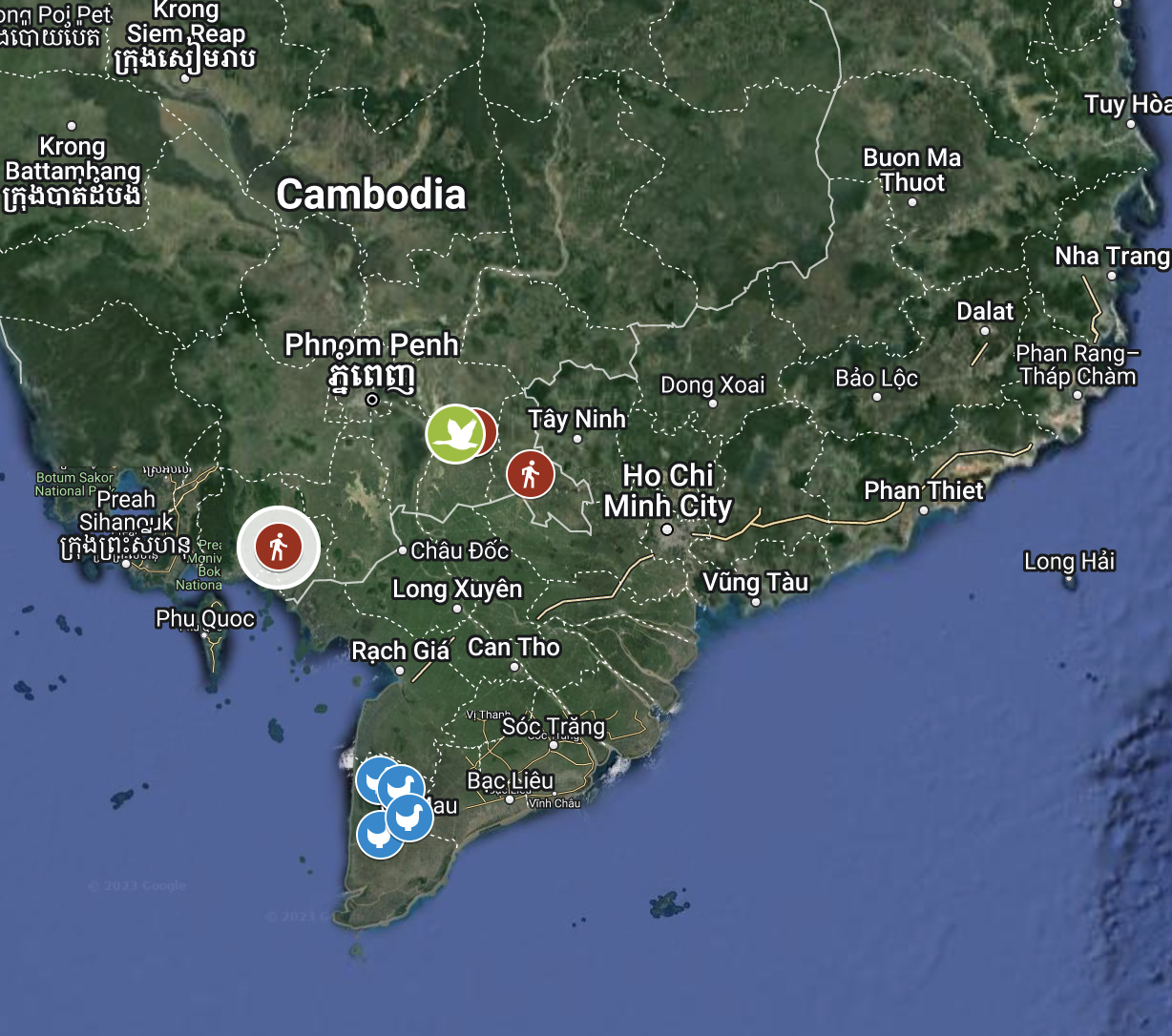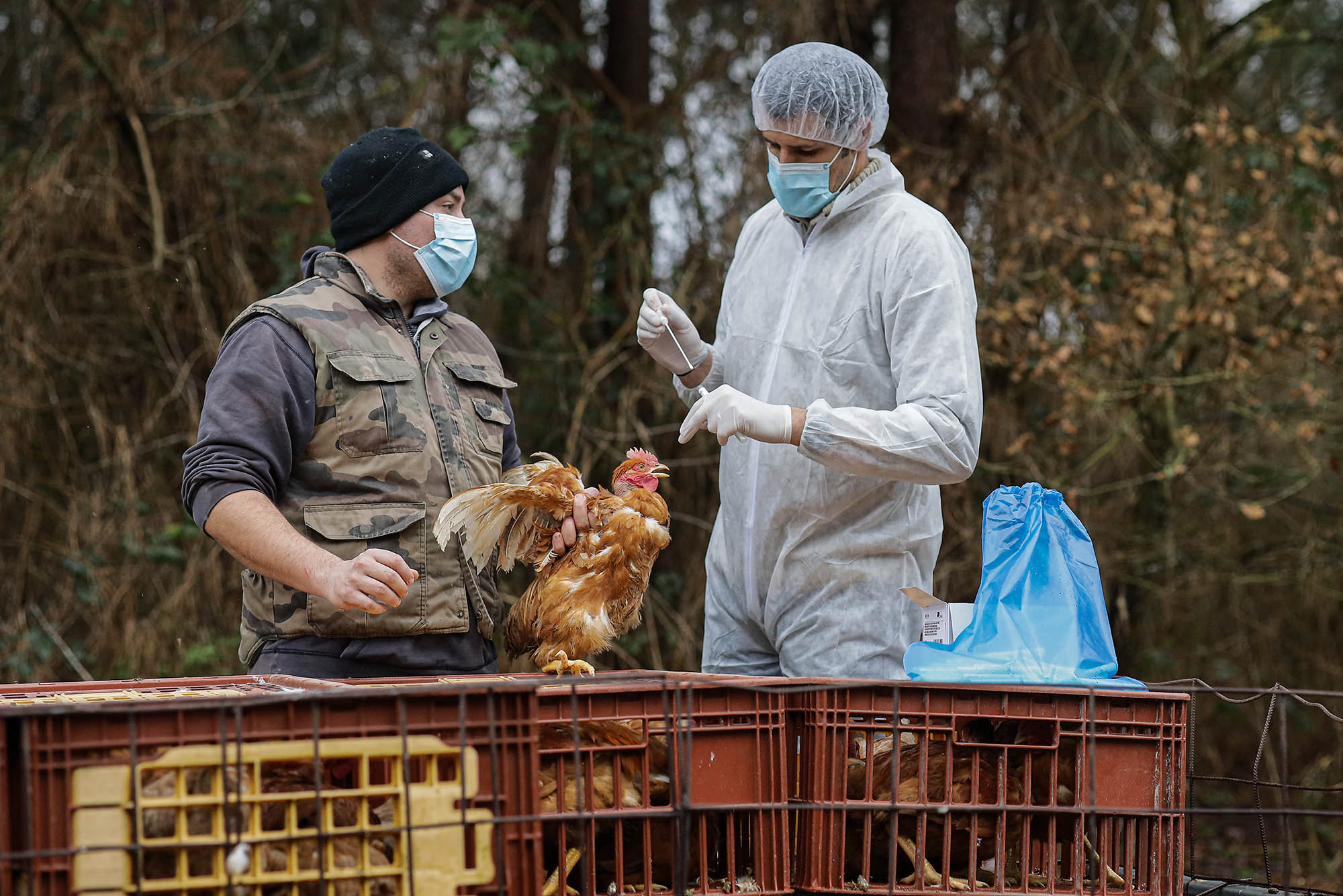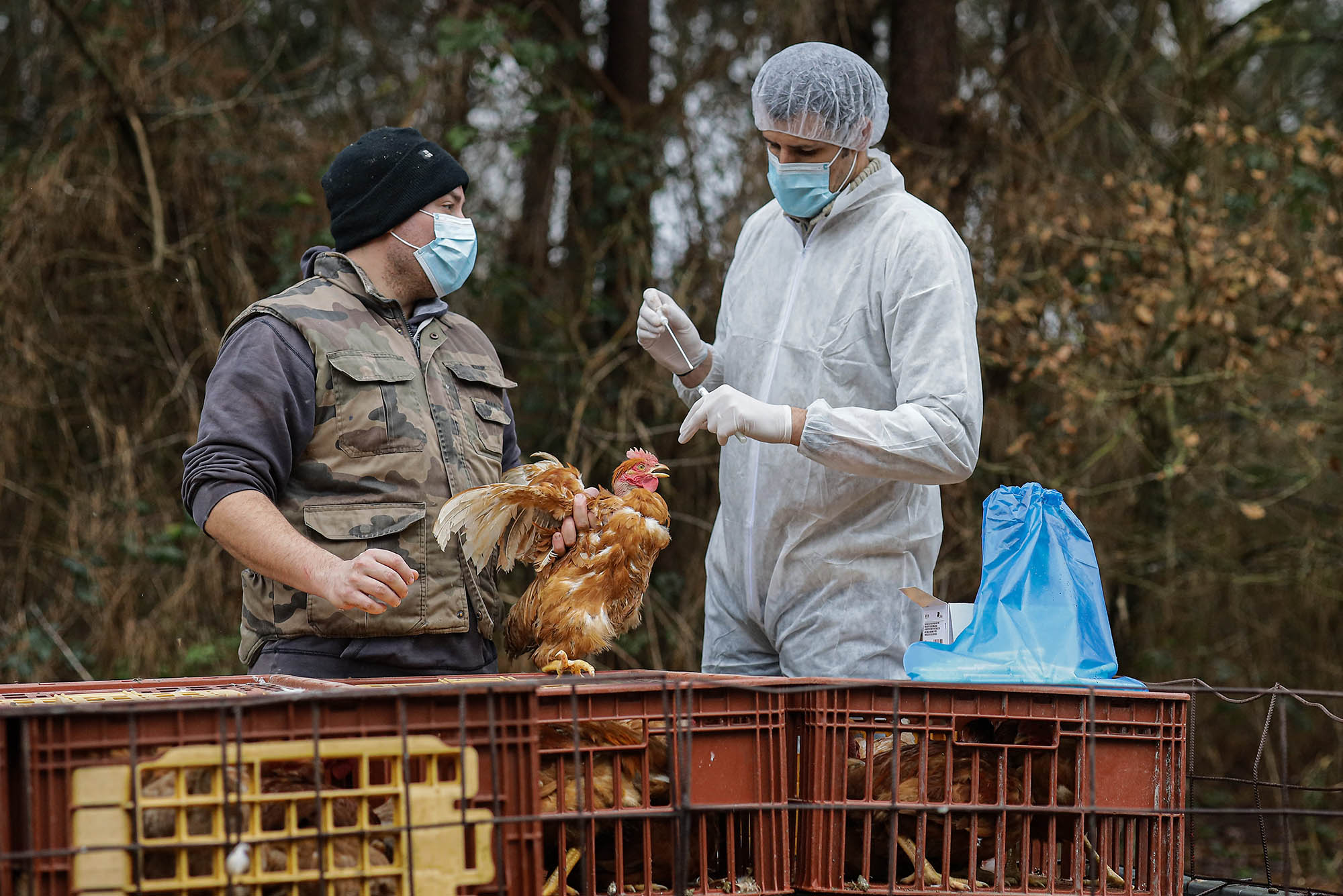Avian influenza, commonly known as bird flu, is a viral infection that affects birds. Various strains of this virus can occasionally infect humans.
Avian influenza occurs worldwide, posing both health and economic threats due to its impact on poultry industries and potential for zoonotic transmission. This illness can range from mild to severe in birds, with certain strains, like the H5N1, having high mortality rates.
Infection is primarily through contact with infected birds, contaminated surfaces, or materials. Although human cases are rare, they can result in severe respiratory illness or even death. Vigilant monitoring and control measures are essential to prevent outbreaks and limit the spread of avian influenza, especially in regions where farming is closely associated with wild bird migratory patterns. Awareness and biosecurity practices are crucial in mitigating the risk of avian influenza and protecting both avian and human health.

Credit: www.unmc.edu
Overview Of Avian Influenza
Avian Influenza, commonly known as bird flu, affects many bird species. Birds carry the virus in their intestines but usually do not get sick. However, Avian Influenza is deadly to domestic birds like chickens. It can also infect humans and other animals.
What Is Avian Influenza?
Avian Influenza is a virus that infects birds. It can spread fast and cause severe illness. Wild birds often spread it to farm birds, leading to outbreaks.
Types Of Avian Influenza
Avian Influenza strains vary in severity:
- Low pathogenic – causes mild symptoms.
- High pathogenic – can be lethal for birds.
Global Impact Of Avian Influenza
Avian Influenza has a vast global impact:
| Area of Impact | Details |
|---|---|
| Poultry Industry | Losses in millions due to bird deaths and culling. |
| Public Health | Human infections can lead to severe illness and death. |
| Wildlife | Threatens endangered bird species. |

Credit: www.bu.edu
Transmission And Symptoms Of Avian Influenza
The health of both birds and humans can suffer from Avian Influenza, a contagious virus. Knowing how it spreads and the symptoms it causes is crucial for keeping this disease in check. Let’s explore the ways avian influenza travels and the signs that indicate an infection.
How Avian Influenza Spreads
Direct contact with infected birds is the most common way Avian Influenza spreads. Infected birds release the virus in their droppings, saliva, and nasal secretions. Healthy birds get the virus through their eyes, nose, mouth, or feet.
The contaminated environment, such as water or feed, can also transmit the virus. Wild birds can spread the disease far as they migrate. Lastly, equipment and clothing that are not cleaned can carry the virus from place to place.
Symptoms Of Avian Influenza In Birds
Infected birds show various signs, which we list below:
- Sudden death without any signs
- Loss of energy and appetite
- Problems with breathing
- Diarrhea
- Swelling around the head, neck, and eyes
- Coughing, sneezing, and head shaking
Symptoms Of Avian Influenza In Humans
When humans catch Avian Influenza, they may show these symptoms:
- Fever and cough
- Sore throat or muscle aches
- Eye infections or difficulty breathing
- In severe cases, pneumonia, acute respiratory distress, or even failure of other organs
Prevention And Control Measures
To stop Avian Influenza, certain steps need to be taken:
- Keep poultry away from wild birds
- Use disinfectants and clean equipment regularly
- Report sick or dead birds to authorities
- Vaccinate poultry, where recommended
- Wear protective clothing when handling birds
- Use separate clothes and shoes for poultry areas
Pandemics And Outbreaks Of Avian Influenza
Avian Influenza, often known as bird flu, sparks worries every time it surfaces. These viral infections can spread rapidly among birds. Sometimes, they jump to humans. When they do, the effects can be serious. This blog post dives into past pandemics and outbreaks. We’ll explore what happened, why it mattered, and how we can prepare for the future.
Historical Avian Influenza Outbreaks
The history of avian influenza is a tale of unexpected surges and widespread impact. Significant outbreaks include:
- 1918 Spanish Flu: Though debated, linked to avian genes.
- 1997 Hong Kong H5N1: First time H5N1 jumped to humans.
- 2003 H7N7: Infected Dutch poultry, with human cases too.
Pandemics And Global Concern
A pandemic occurs when a disease spreads across countries and continents. Avian influenza has this potential. Factors like global travel and intensive farming increase this risk. Concerns arise especially when new strains emerge. These strains can be deadlier and harder to prevent.
Lessons Learned And Future Preparations
Each outbreak of avian influenza has taught us valuable lessons:
| Outbreak | Lessons Learned |
|---|---|
| H5N1 | Need for quick response and better surveillance |
| H7N9 | Importance of public awareness and vaccine development |
For future preparations, we focus on:
- Monitoring bird populations for early detection.
- Stockpiling vaccines and antivirals.
- Improving global communication during outbreaks.

Credit: www.cidrap.umn.edu
Frequently Asked Questions On Avian Influenza
What Is Avian Influenza?
Avian Influenza, commonly known as bird flu, is a viral infection. It mainly affects birds, but can also infect humans and other animals. Most strains are harmless, but some can be severe and even deadly.
How Does Avian Flu Spread?
Avian flu spreads through direct contact with infected birds. It can also spread via contaminated surfaces, and through the air if dust contains the virus. Humans can get it through contact with infected birds or environments.
What Are Symptoms Of Avian Influenza?
Infected birds show symptoms like coughing, sneezing, and neurological issues. In humans, symptoms range from flu-like fever and cough to severe respiratory problems. Immediate medical attention is important for suspected cases.
Can You Prevent Avian Influenza?
Yes, it is possible to prevent Avian Influenza. Biosecurity measures in poultry farms are key. For individuals, avoid contact with wild birds, and ensure poultry and eggs are well-cooked before consumption.
Conclusion
Navigating the complexities of Avian Influenza requires vigilance and informed actions. Understanding its implications helps prevent outbreaks and protect both poultry and humans. Stay updated with health guidelines, and prioritize biosecurity. Together, we can mitigate the risks posed by this ever-evolving threat.
Let’s remain proactive in our approach to avian health.

